Ostrinia nubilalis
(Hübner, [1796])
-
 Subfamily: Pyraustinae
Subfamily: Pyraustinae -
 Wingspan: 22-37 mm
Wingspan: 22-37 mm -
 Flight period: Jun - Sep
Flight period: Jun - Sep -
 Spread:Common
Spread:Common -
 Host plants: Polyphagous
Host plants: Polyphagous
Information
Ostrinia nubilalis also called European Corn-boreris a moth of the Crambidae family, subfamily Pyraustinae, with a wingspan of 22-37 mm.
In Europe it can be found practically everywhere. In Italy it is also present in the islands. *
It is widespread in the Palearctic and Neartic ecozones.
Adults are quite small, with males measuring 22-28mm in wingspan and females 25-37mm.
They have anterior wings of a more or less intense and variegated ocher color, the females are pale yellow to light brown, with both front and rear wings
crossed by dark zigzag lines and with pale, often yellowish spots; the male is darker , usually pale brown or grayish brown,
with dark zigzag lines and yellowish spots. **
The hind wings are yellowish with intense brown dusting, stronger in the males, no dusting present, a band parallel to the
wing margin in the post-discal region.
The eggs are laid on the underside of leaves, stems or stubble, are less than 1 mm long and have a flattened shape. They are laid in groups of 15-50,
up to a maximum of 500 eggs in 25 days (Deay, 1950) .
In midsummer the newly laid eggs are white in color, then they become darker.
The development of the larvae goes through 5 stages, they are generally light brown or pinkish gray dorsally, with a head that varies from brown to black
yellowish brown thoracic plaque. The body is marked with round dark spots on each segment. It overwinters in the last stage larva.
In Italy, Ostrinia nubilalis is bivoltine, but in hot climates it can have up to 6 generations .
Its favorite crop is maize, it causes crop losses worldwide, in the US alone the losses amount to a billion dollars annually. **
The larvae of the second summer generation, numerous from late July-early August, pierce the stem and can also damage the seeds.
Furthermore, they dig tunnels in the stems, weakening the plants and causing breakage **.
In general, the larvae, depending on the generation, cause damage both to the roots and to the leaves, as well as to the stem and the ears.
The larvae are polyphagous and can attack over 250 species of plants and as already mentioned has a marked preference for Zea mays (corn).
* Lepidoptera mundi https://lepidoptera.eu/ - Fauna Europea https://fauna-eu.org/
** La piralide Ostrinia nubilalis, nemico temibile della Canapa Sativa - https://www.dolcevitaonline.it/
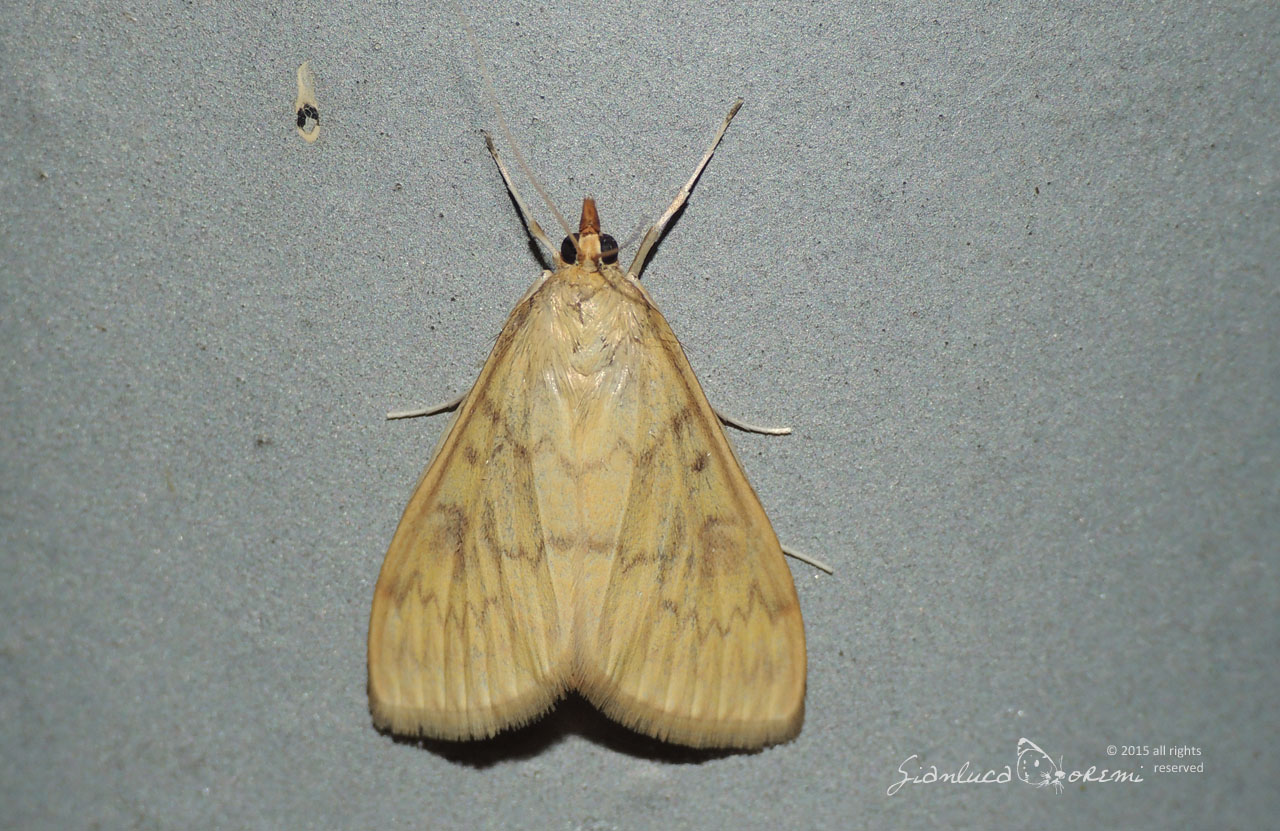


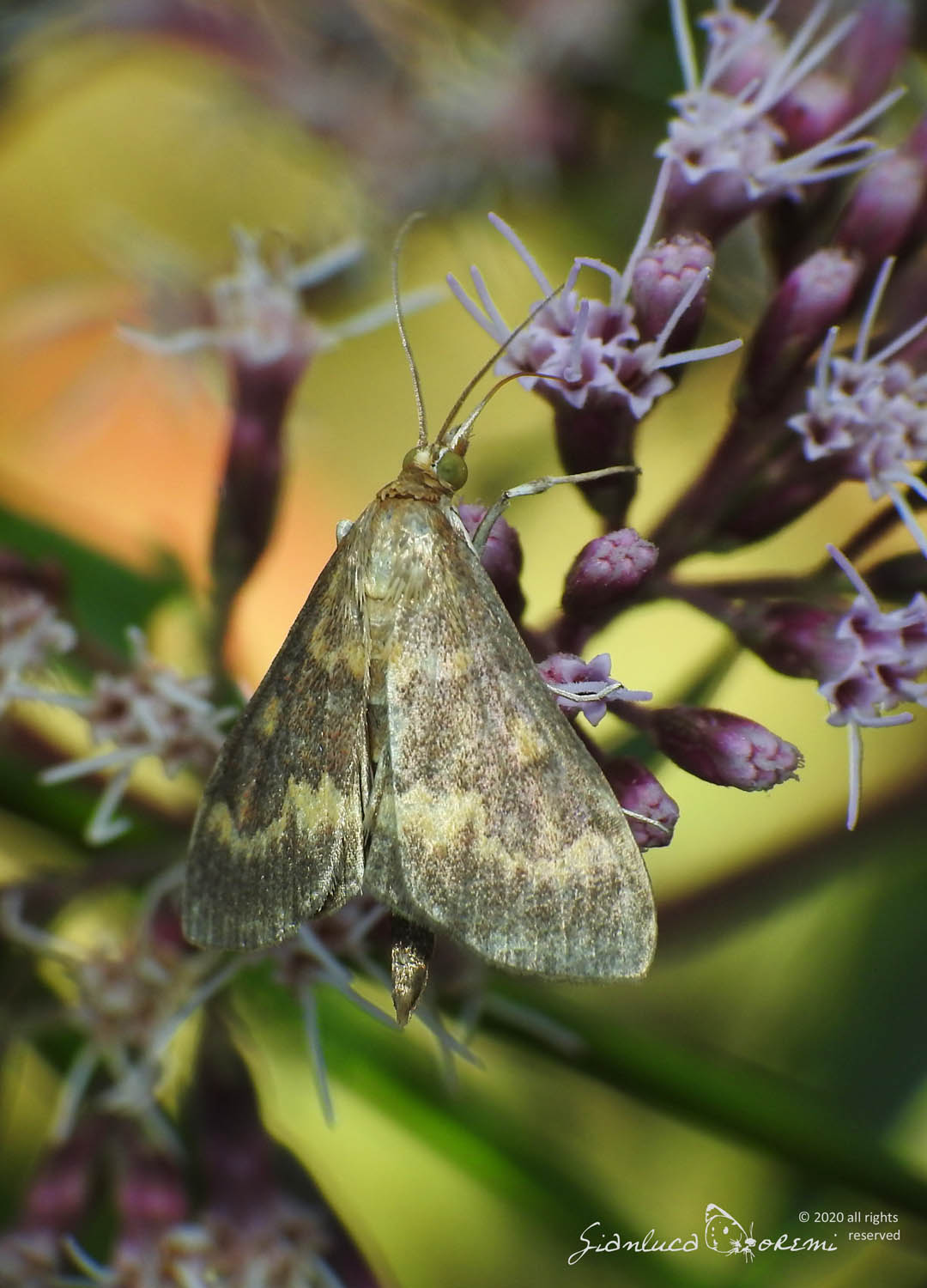

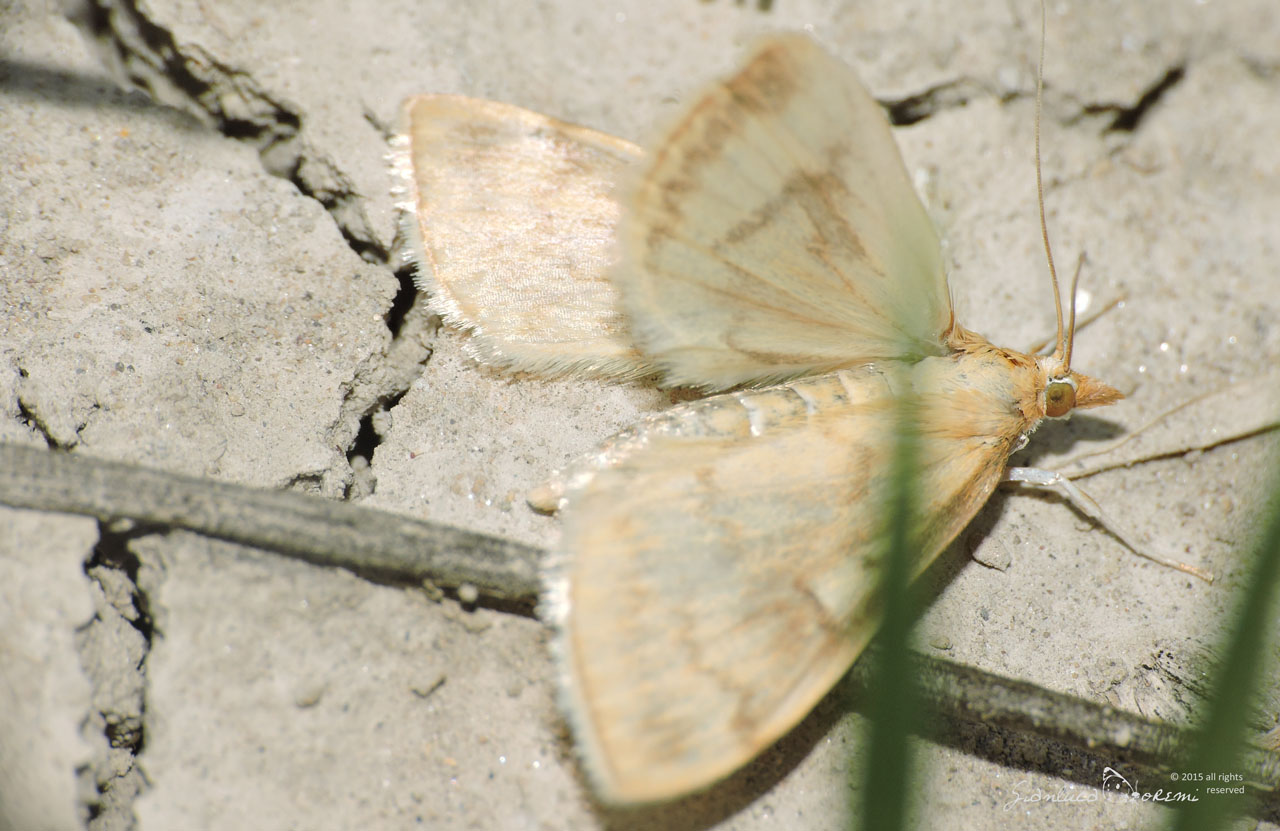
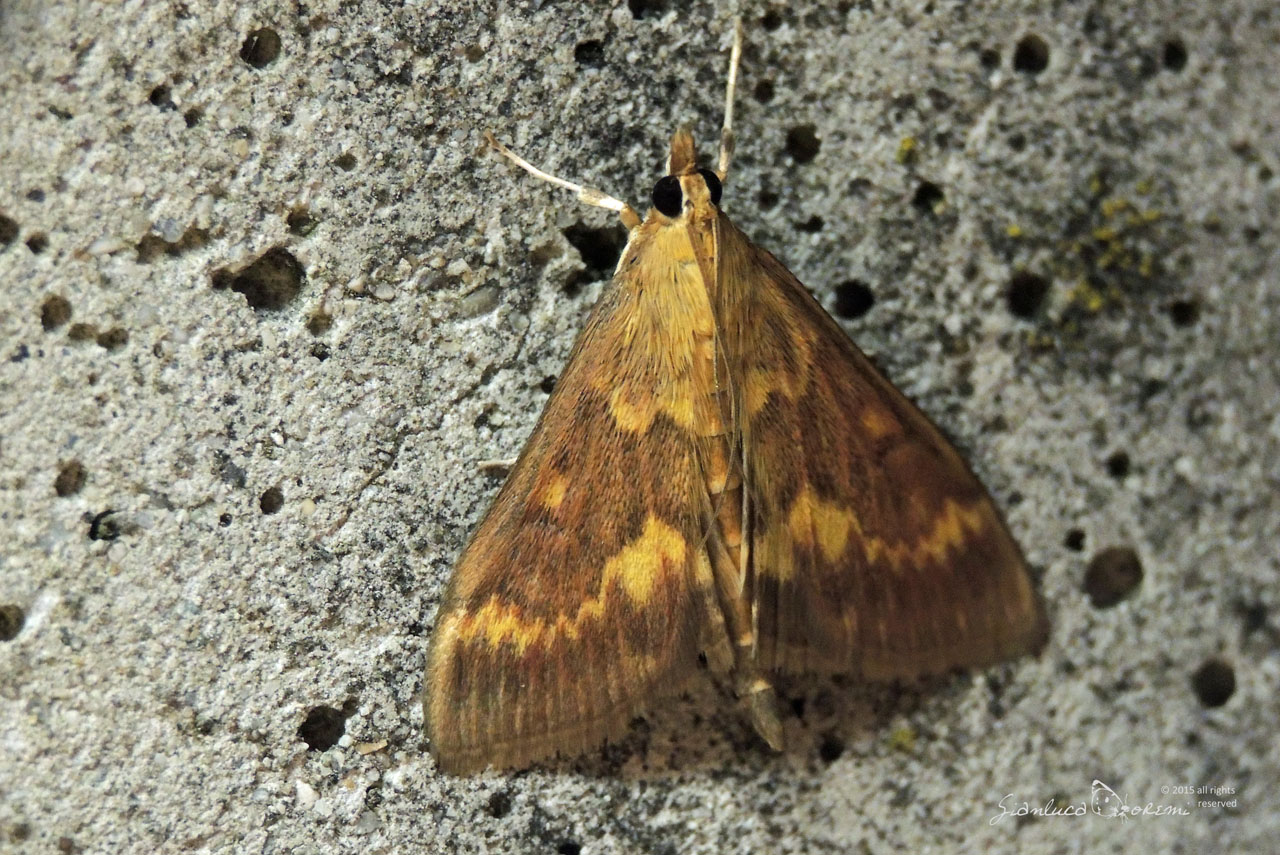
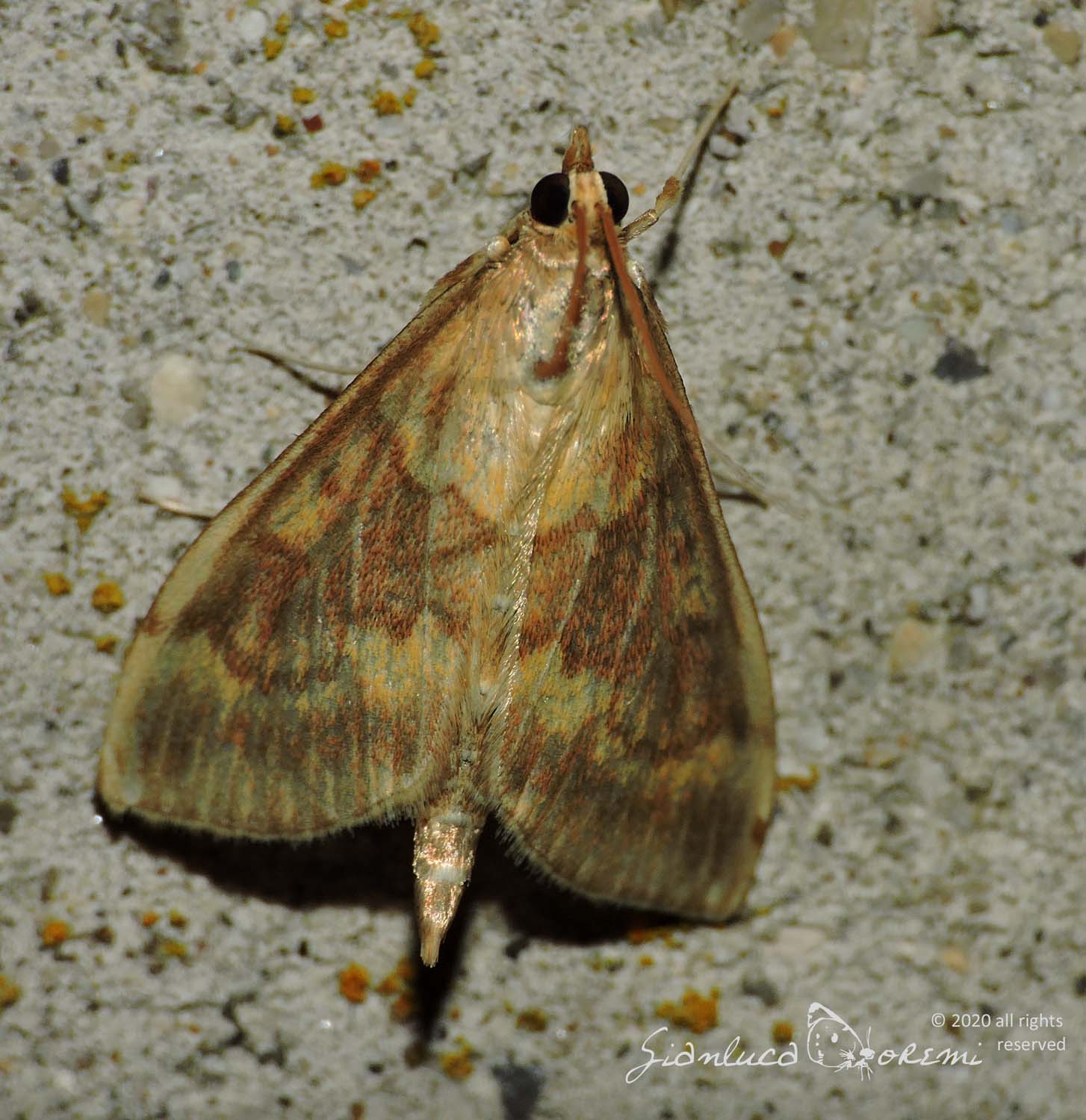
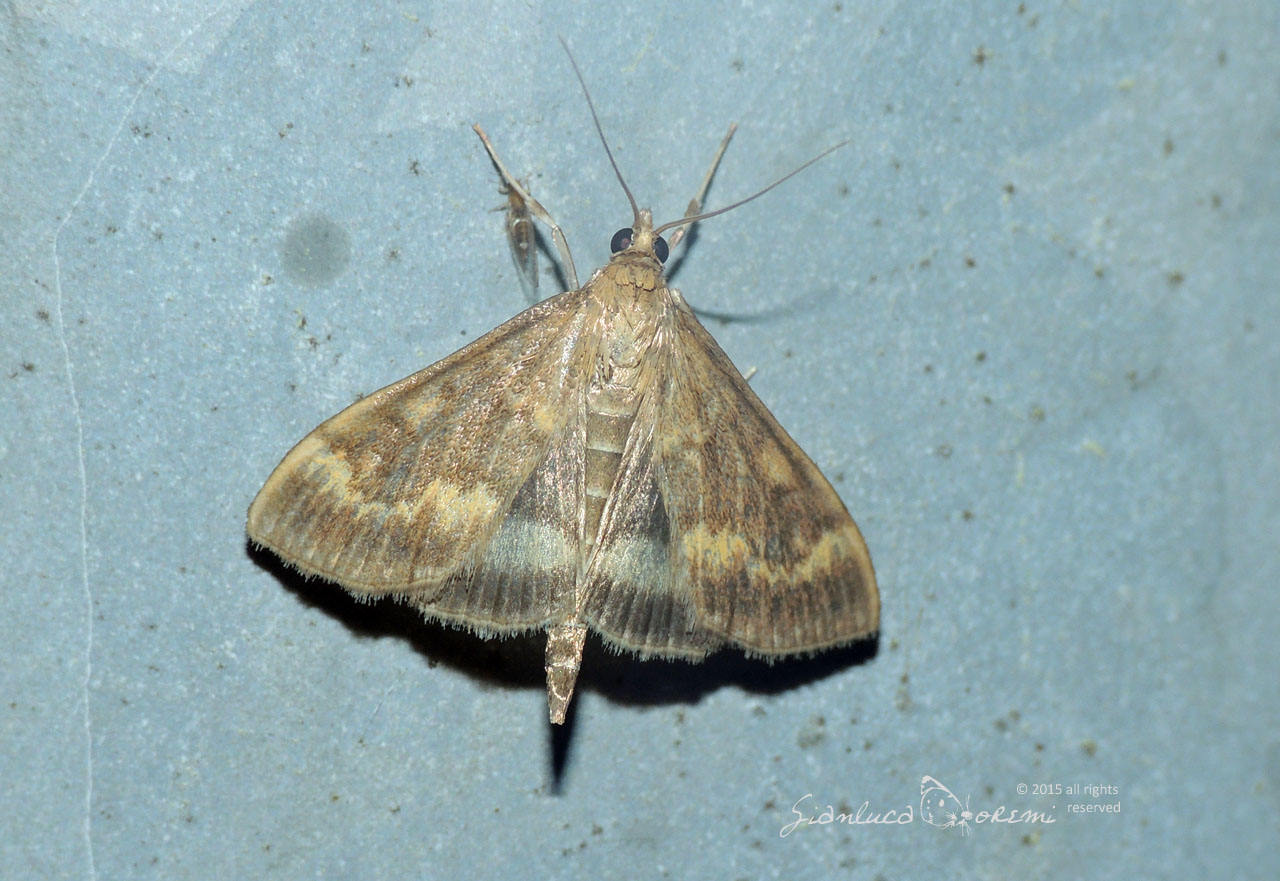

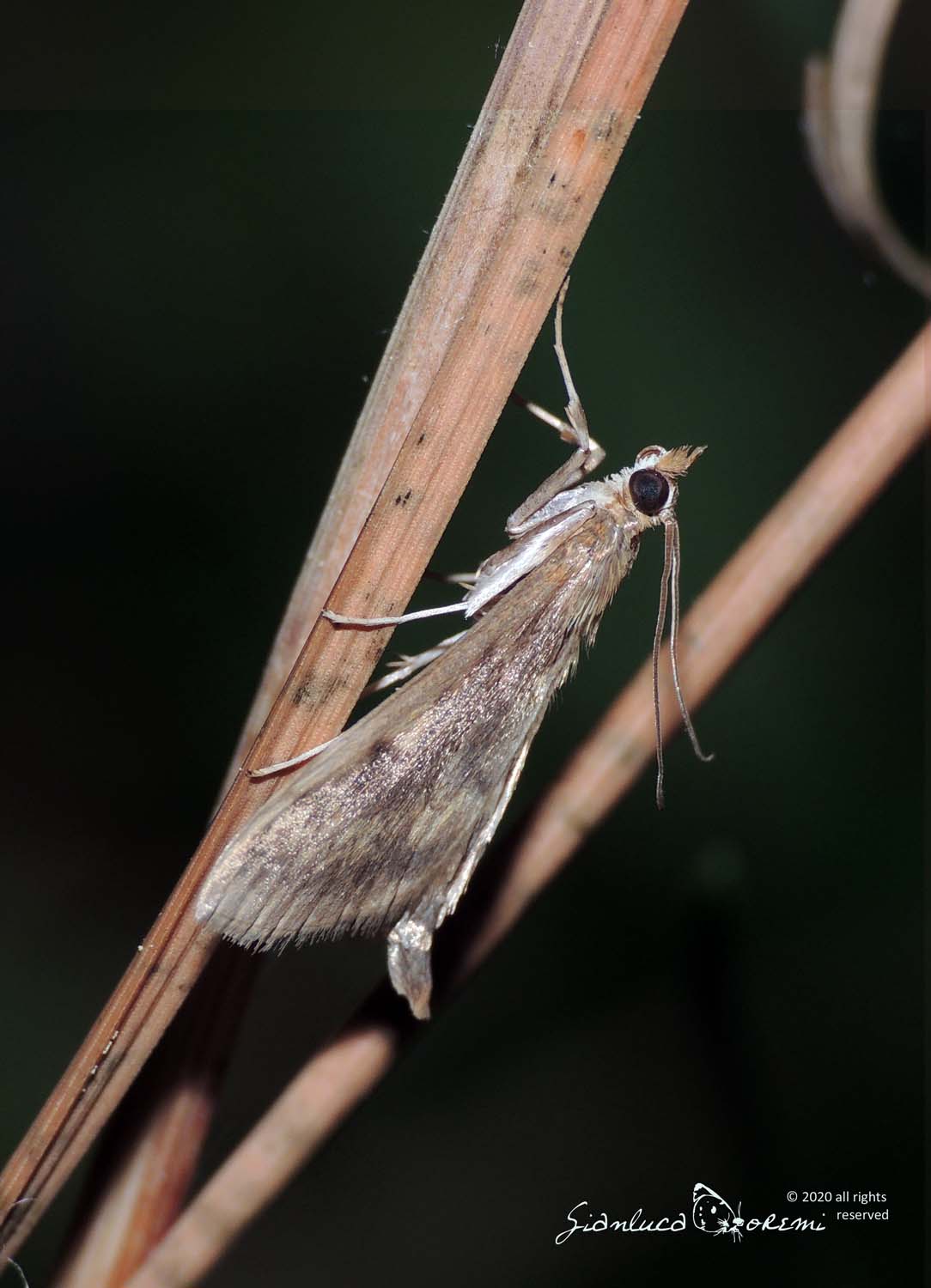
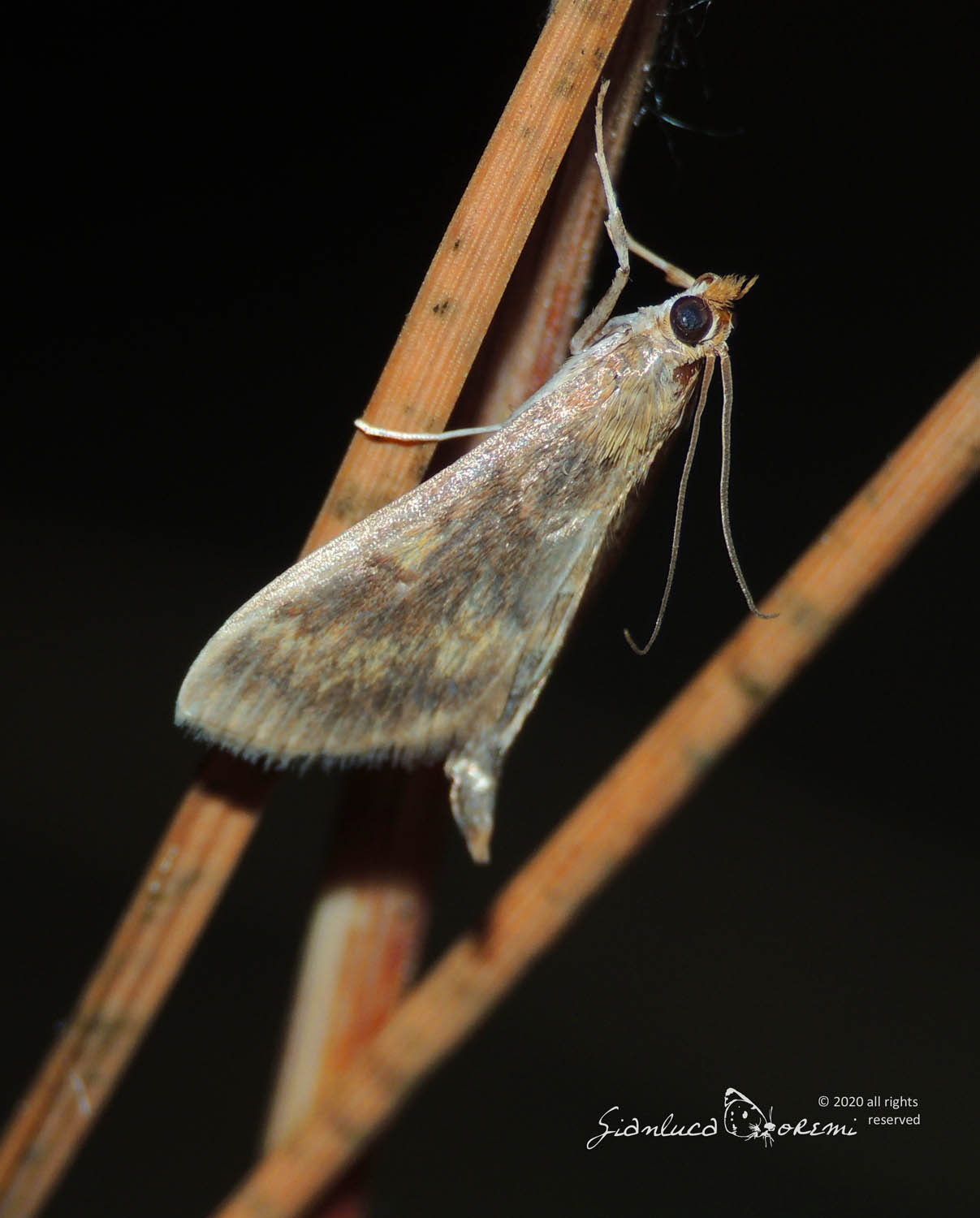
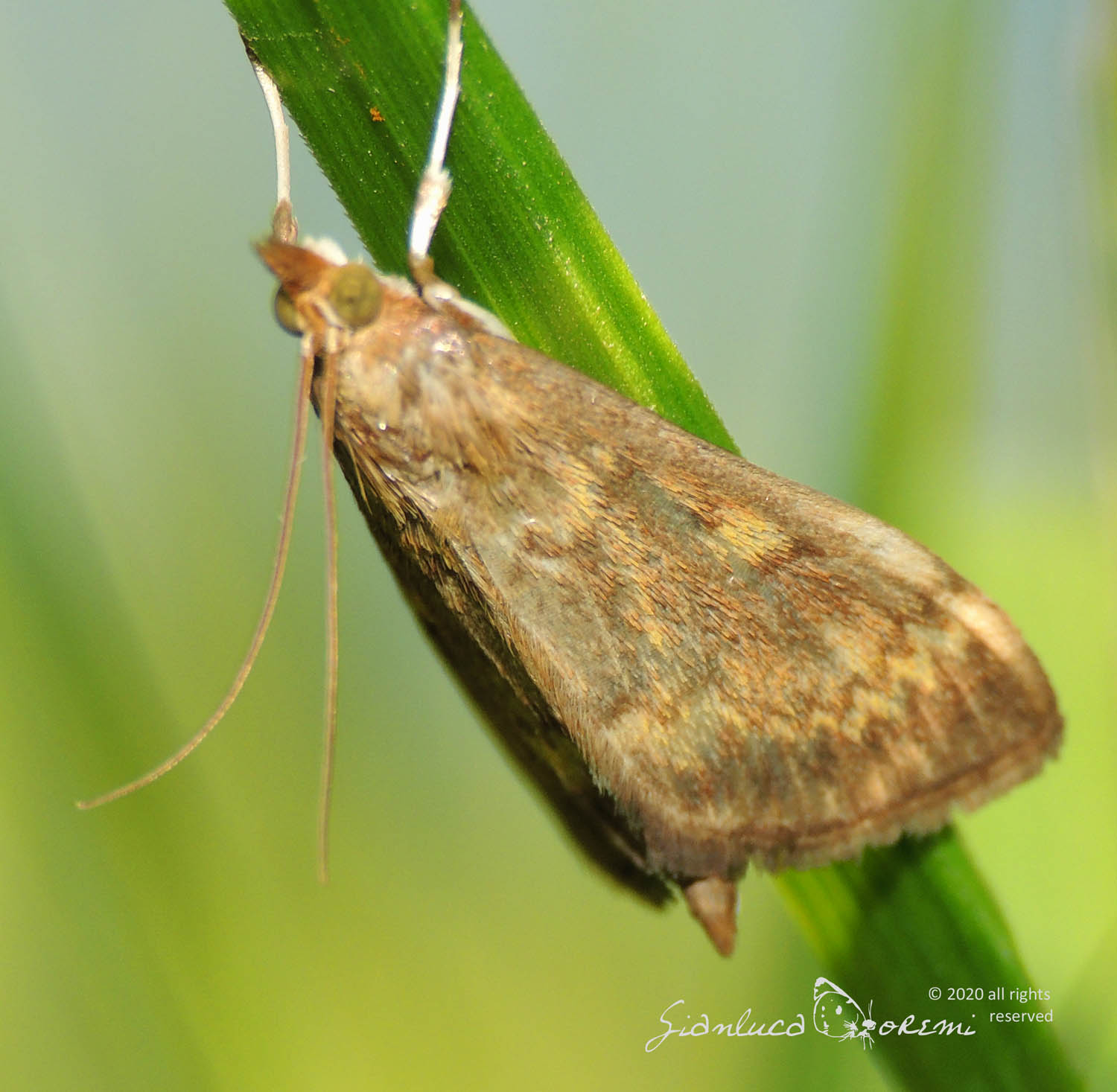
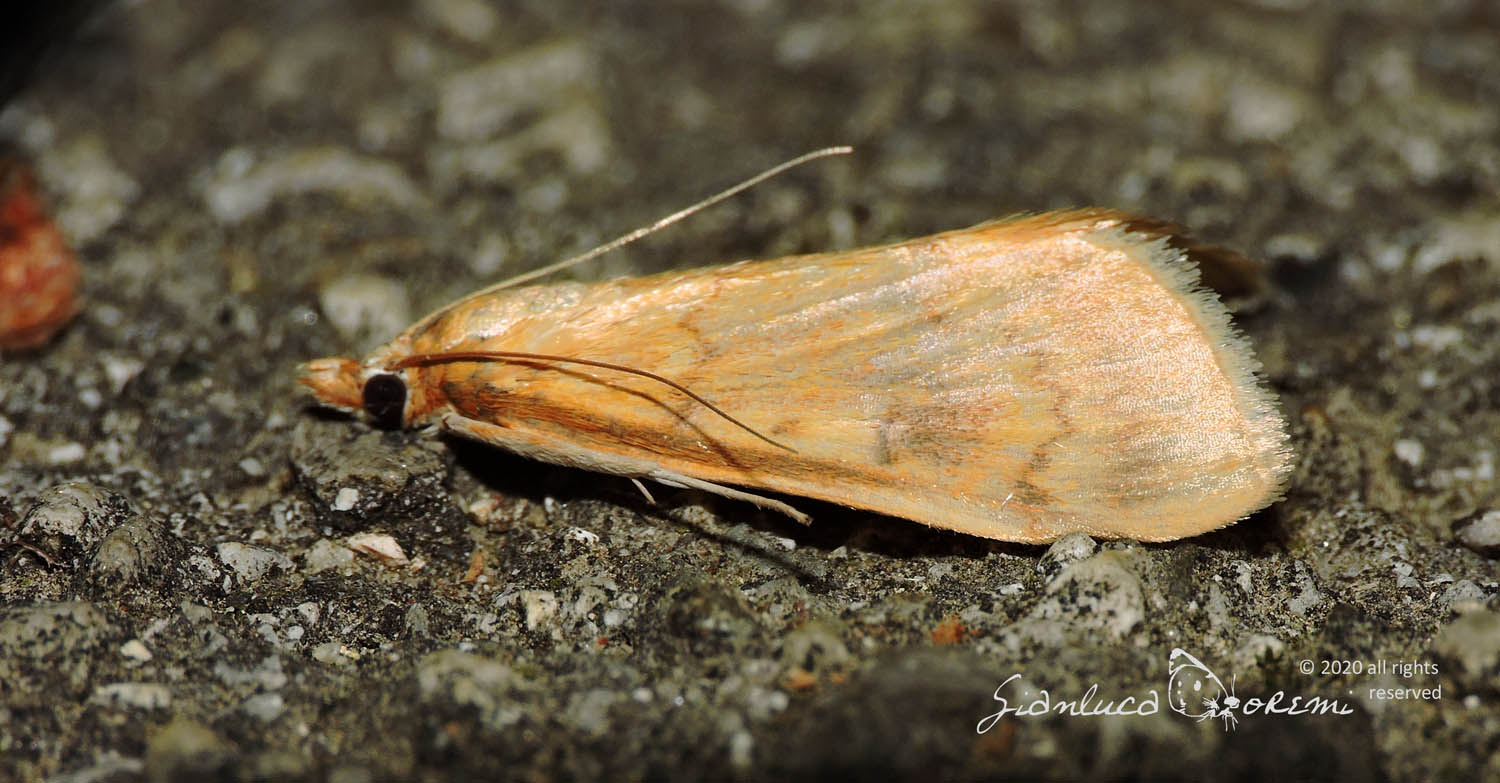
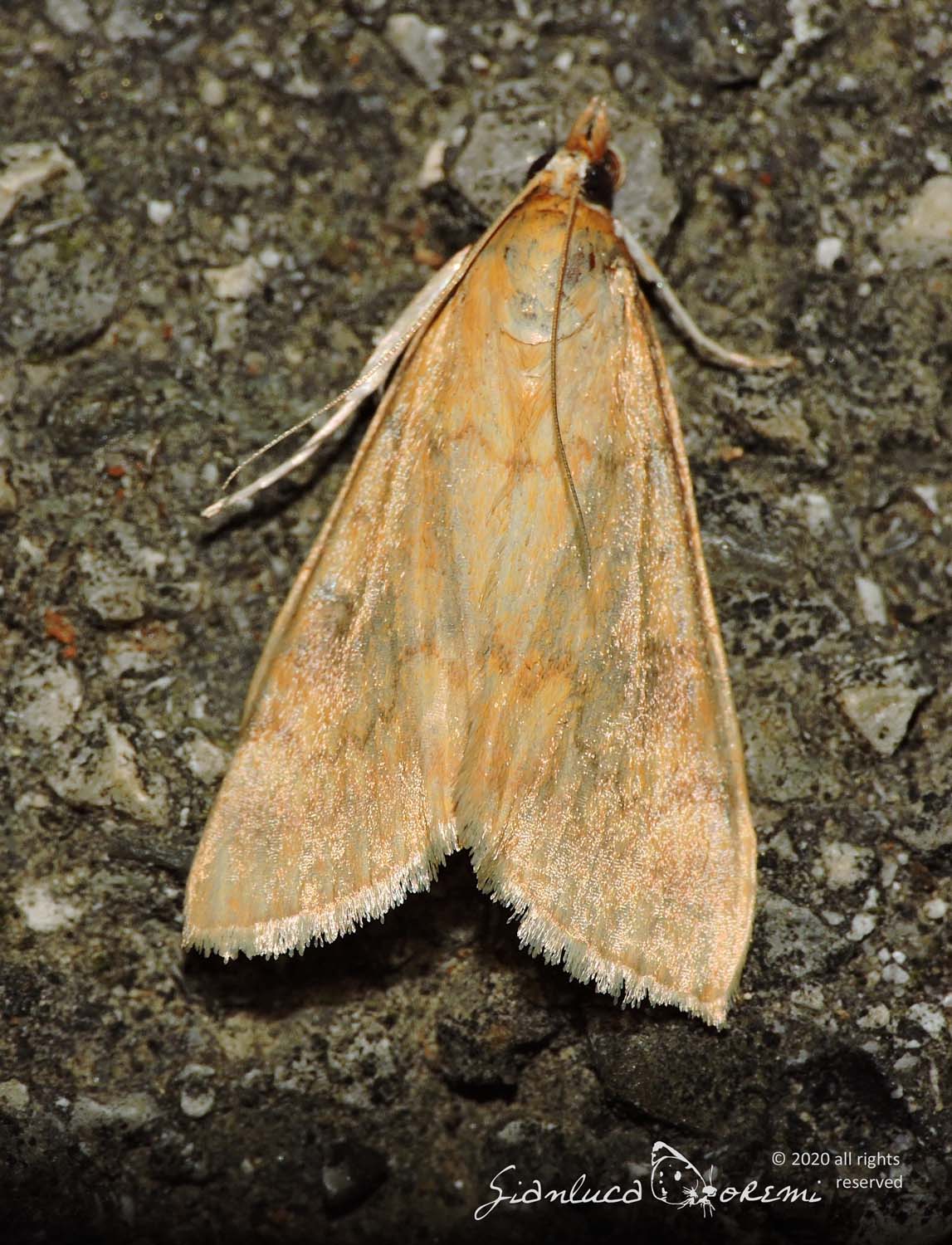
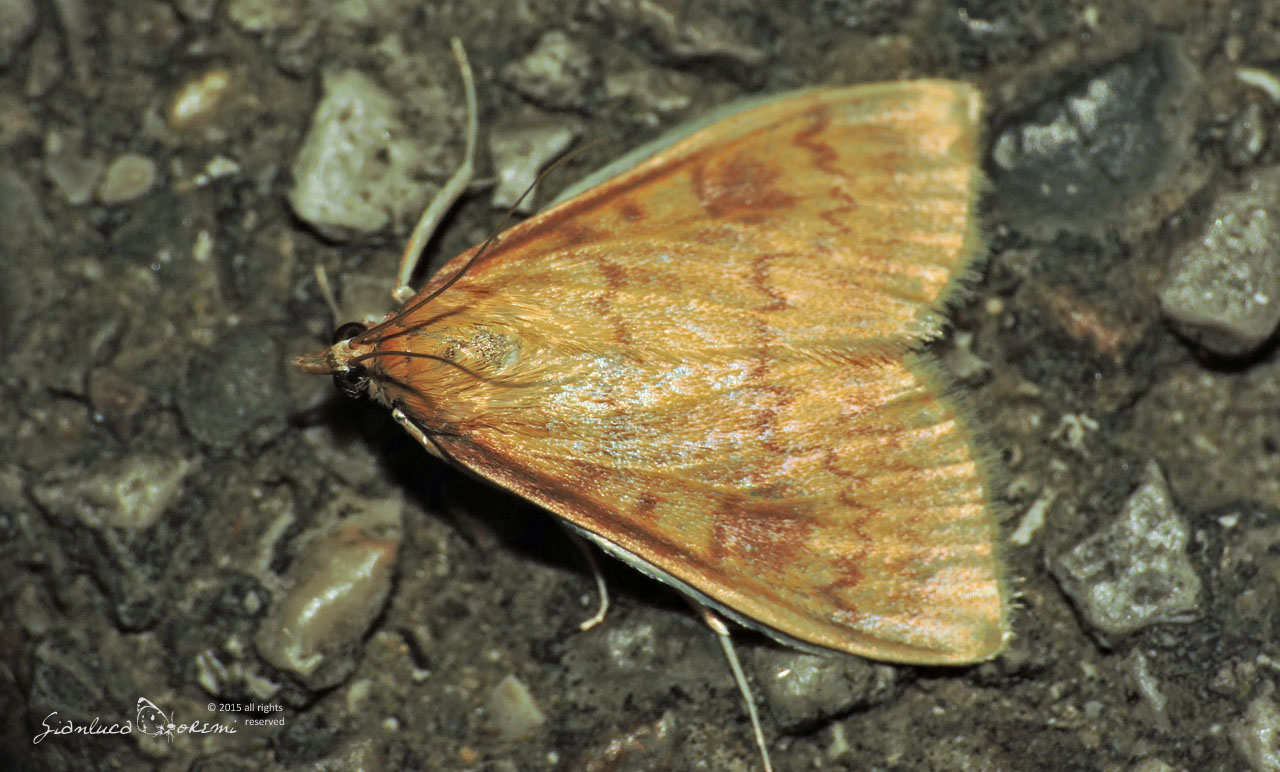

 EN
EN ITA
ITA
Social and publications